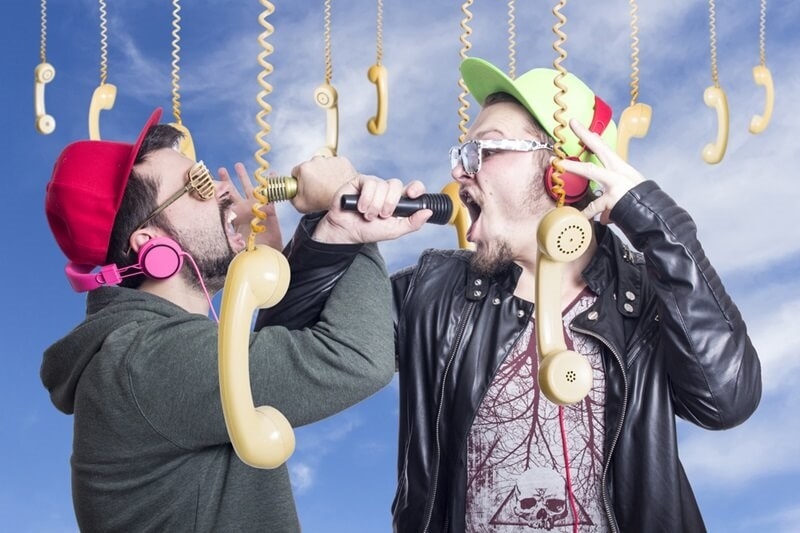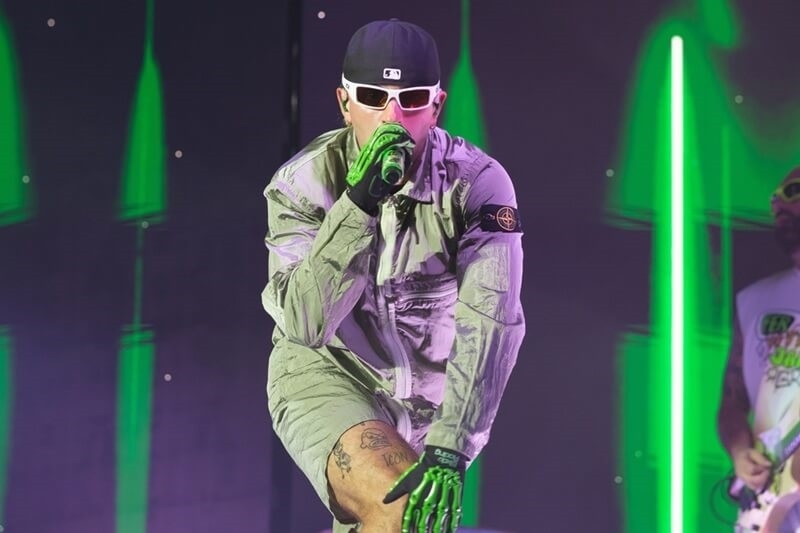
By 2025, Latino rap has emerged as a booming force worldwide, with a set of bilingual rap artists making danceable and relatable music in English and Spanish. The ghost of a gradual birth for Latin hip-hop art, which evokes not only cultural identity but also musical innovation, is slowly finding expression. With artists jamming together traditional Latin rhythms and modern beats, Latino rap 2025 amalgamates genres and connects with audiences far from its very own nation. By allowing a universal approach to celebrating themes of heritage, achievement, and festivity, its bicultural scheme is set to have huge appeal, which enables it to dominate this genre of music and speaks for the new generation of multicultural expressions.
Explore How Childish Gambino Redefined Hip-Hop and R&B in Ten Years.
Latino hip-hop originated in the late 1980s and 1990s when Latino rappers such as Kid Frost and Cypress Hill took to the mic with bilingual rhymes and cultural pride. With urban struggles and identity at its roots, early Latino rap carved a space in a genre that was predominantly African American. Through the decades, artists such as Big Pun, Pitbull, and Snow Tha Product advanced the Latino rap timeline by merging Latin rhythms with mainstream appeal. Today, Latino rap has moved from the margin to the spotlight: A worldwide celebration of heritage, Latino rap now storms the mainstream music industry with its vibrant and cross-cultural sounds.

The art of mixed-language raps is powerful as the elements of Spanish and English coalesce to create this rhythmically rich Spanish-English flow that inspires and entertains audiences worldwide. Switching languages adds a different style to lyricism and expresses multiple cultural identities, thus making the song both personal and relatable globally. Spanglish gives a medium for storytelling, interweaving the heritage with the present experience, a mix that transcends borders. This is not simply an aesthetic; it is actually a way of identity, resistance, and pride. Bilingual rap becomes a way for Latino rappers to express themselves in the international forum of hip-hop, linking communities and lending cultural authenticity and linguistic inventiveness to the message they seek to spread far and wide.
The new Latino rappers of 2025 are renewing global hip-hop with vigor through bilingual verses and cultural pride. Artists like Trueno (Argentina), Villano Antillano (Puerto Rico), and Yoss Bones (Mexico) carve their way with heavy-hitting meshing of regional styling with trap and reggaeton. Entering the US domains, artists like Mariah Angeliq and J.I., the Prince of N.Y, seem promising, too. These budding Latin artists boast a mixed bag of talents that draw fans across language and borders. With commendable chart success, these voices speak of a new epoch defined by Latino rap: an era of identity, innovation, and global interconnection.
Also, read about the Evolution of Hip-Hop: Today’s Artists Are Changing the Game.
Latino rap storytelling would be powerful in the year 2025 with the artists having lyrics about immigration, cultural heritage, pride, and personal struggle. These stories provide a raw, honest insight into Latino lives, turning hip-hop into a means of activism and cultural preservation. Through rhythms and rhymes, artists articulate rap within Latino communities by honoring roots yet addressing social issues and celebrating resilience. One expresses identity in hip-hop, putting an individual into perspective among others and, through the power of story, engendering community. For most Latino artists, their music is a mission to call voices into the wilderness of reclaiming and investing in stories that generate pride from many generations and many borders.
In 2025, Latin trap goes strong, boldly fusing regional sounds from reggaeton, cumbia, salsa, and hip-hop beats as this genre continues moving forward. There existed a Latino rap identity here, forged out of strong cultural roots blended with the avant-garde energy of what is modern trap. Now, there is a new trend in which artists are experimenting with cultural fusion in rap. Using the rhythm patterns and instruments of their native heritage, they generate a new creative path. It's a salsa-infused beat or even a cumbia-strung hook laid over 808s, and out comes something sounding almost familiar yet wholly revolutionary. This rich tapestry of style appeals to Latino audiences and also fires the imagination of listeners all over the world, so Latin trap 2025 remains a genre driven by innovation and identity.
These Latino hip-hop collaborations from 2025 are changing the face of global music as Latino rappers join forces with their counterparts across America and abroad. The result is an intriguing fusion of styles and languages, creating beautiful, chart-topping songs that demonstrate the effectiveness of bilingual lyrics. Recent collaborations by artists include Bad Bunny and Drake, or Rosalia and Travis Scott; both of which highlight how Latin rap crossover hits and hip hop rap Latino break language barriers and resonate worldwide. This cross-fertilization of cultural sounds not only expands territory for Latino rap but also celebrates its rich heritage. The result is, thereby, a dynamic mix that sparks innovation while consolidating Latino rap's dominance in popular music.
The Latino rap TikTok wave in the year 2025 is enormous. These platforms include well-known ones such as TikTok, YouTube, and Instagram, which collectively serve as the best sources for quickly sharing singles from artists with the world at large to create catchy beats with familiar lyrics. This is the strength of community-driven content and grassroots growth, allowing new Latino rappers to build dedicated fan bases without traditional gatekeepers. Influencers and creators spread the word about tracks through challenges, dance trends, and collaborations, further driving the success of Latin hip-hop in the future. Thus, Latin music influencers in 2025 are paving the way for multiple cultures to attract Latino rap to social media, break into foundations such as mainstream charts, and place this cultural force in the spotlight.
Also, Explore The Legacy of Kendrick Lamar: Activism Through Music.
Latino rappers live under the harshest conditions and stereotypes in the music industry: language barriers, a severe lack of representation, or being pushed into particular genres. Such barriers stifle creative freedoms and mainstream opportunities. Many of these artists, however, step outside the box by merging cultures through bilingual lyrics and different sounds and through real-life tales to demand recognition outside a stereotype.
In 2025, they want a more diverse music industry: one that is inclusive and provides greater platforms for sharing their voices. By opposing the grain and redefining hip-hop, Latino rappers are beginning to carve space for future generations, exemplifying that talent and culture know no bounds. Such efforts reform the industry increasingly while rendering visible the rich complexity of Latino artistry.
Latino rap in 2025 is reshaping the global music scene with its unique bilingual edge, blending Spanish and English flows to create a vibrant cultural movement often referred to as rap Latin. Rising artists are bringing fresh perspectives, merging Latin rhythms with modern beats, and telling powerful stories of identity and heritage. Fueled by social media and global collaborations, Latino rap breaks barriers and challenges stereotypes, making space for diverse voices. As this dynamic genre continues to grow, it promises to redefine pop culture and inspire a new generation of music lovers worldwide. The future of Latino rap is bright and influential.
This content was created by AI